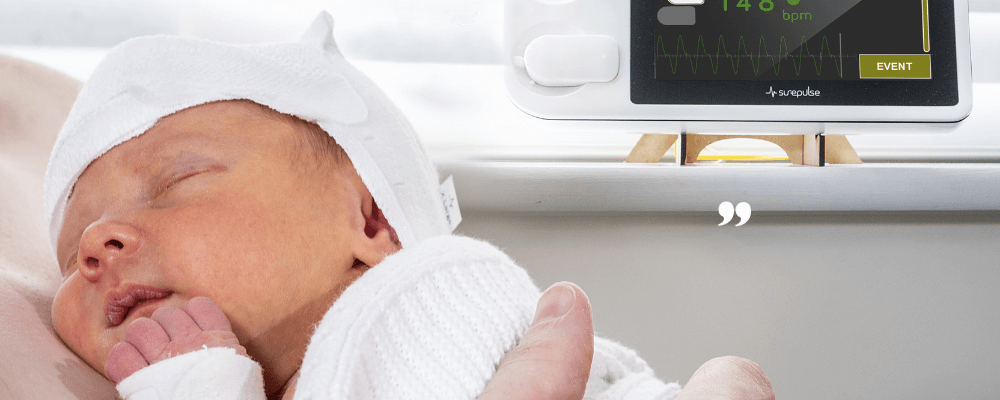The field of resuscitation science is continually evolving, with international organizations like the International Liaison Committee on Resuscitation (ILCOR) at the forefront of research and guideline development. ILCOR, a collaboration of multiple resuscitation councils worldwide, provides evidence-based guidelines for cardiopulmonary resuscitation (CPR) and emergency cardiovascular care. These guidelines are the result of extensive research and consensus-building among leading experts in the field.
Latest recommendations
The ILCOR publishes treatment recommendations every year from their task forces. The most recent recommendations1 published on the 8th of November 2023. In the 2023 Treatment recommendations the Neonatal Life Support Task Force published the results of 3 Systematic Reviews: Maintaining normal temperature in preterm babies, Heart rate monitoring (diagnostic characteristics) and Exhaled CO2 detection to guide non-invasive ventilation.
The topic of ‘maintaining normal temperature after preterm birth’ is of particular interest to SurePulse. The rationale for this review was that ‘‘A previous SysRev conducted for ILCOR concluded that there was a dose-responsive association between hypothermia on admission to a neonatal unit or postnatal ward and increased risk of mortality and other adverse outcomes. These findings are supported by more recent large observational studies.’’
Covering the newborns head with a cap
As part of this topic, the review considered a number of strategies for maintaining normal temperature at birth, including the use of a cap on the infant’s head, vs no cap. The review made the following recommendation: ‘’A retrospective observational study2 of 1764 infants compared the use of various interventions that included use of a plastic bag or wrap, a cloth (linen or woollen) cap, and a transport incubator. After adjustment for key variables, not using a cloth cap was an independent risk factor for hypothermia <36.0 °C on neonatal ICU (NICU) admission (aOR, 0.55 [95% CI, 0.39–0.78]).’’
SurePulse
The SurePulse VS wireless heart rate monitoring approach includes an optical probe which is integrated into a thermoprotective Cap4. The Cap has been designed to provide clinical teams with accurate, reliable, and timely information in the critical moments after birth and been shown to be comfortable4, easy to apply3 and have thermal qualities comparable to other commonly used caps4.
References
- M. Berg et al., 2023 International Consensus on Cardiopulmonary Resuscitation and Emergency Cardiovascular Care Science With Treatment Recommendations: Summary From the Basic Life Support; Advanced Life Support; Pediatric Life Support; Neonatal Life Support; Education, Implementation, and Teams; and First Aid Task Forces, Resuscitation, https://doi.org/10.1016/j.resuscitation.2023.109992
- de Almeida MF, Guinsburg R, Sancho GA, Rosa IR, Lamy ZC, Martinez FE, da Silva RP, Ferrari LS, de Souza Rugolo LM, Abdallah VO, et al. Hypothermia and early neonatal mortality in preterm infants. J Pediatr 2014;164:271–275.e1. https://doi.org/ 10.1016/j.jpeds.2013.09.049
- Myhill, J., Pocock, L. and Clarke, P. (2023) ‘Feasibility and acceptability of a novel forehead-mounted wireless heart rate monitoring device in preterm babies’, Oral Presentation at the Congress of joint European Neonatal Societies (JENS) 2023.
- Data on file
